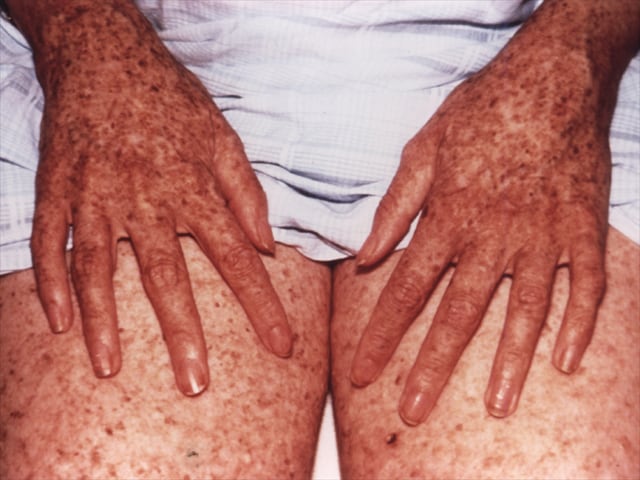Xeroderma Pigmentosum
Sunday, March 13, 2011
How possible is it that a cure will be found?
There has not been a cure found yet, but because the biomedical field is growing so fast there is a good chance that a cure will be found soon. There are new things being discovered in the field of biomedical engineering everyday. There are also many foundations and societies that are raising money and raising awareness for the disorder.
Saturday, March 12, 2011
Some organizations that can help a family cope with a child that has XP
The Xeroderma Pigmentosum Society (XPS) helps to inform families about the rare genetic disorder, and helps XP families and patients. (Xeroderma Pigmentosum Society)
"The XP Family Support Group is dedicated to improving the quality of life of those affected with xeroderma pigmentosum through education and support services, researching effective treatments, and ultimately finding a cure." (XP Family Support Group)
"The XP Support Group aims to relieve the needs of persons with Xeroderma Pigmentosum and other related conditions and their families. The Group raises funds for research, gives grants for UV protective equipment and products, assists families to attend night time camps in the UK, USA, France & Germany or respite in a protective environment." (XP Support Group)
"The XP Family Support Group is dedicated to improving the quality of life of those affected with xeroderma pigmentosum through education and support services, researching effective treatments, and ultimately finding a cure." (XP Family Support Group)
"The XP Support Group aims to relieve the needs of persons with Xeroderma Pigmentosum and other related conditions and their families. The Group raises funds for research, gives grants for UV protective equipment and products, assists families to attend night time camps in the UK, USA, France & Germany or respite in a protective environment." (XP Support Group)
Friday, March 11, 2011
What limitations does that person have?
A person with Xeroderma Pigmentosum must protect themselves from sunlight. In order to do this, a person must wear clothing that covers most of their skin, apply sun screen when ever going outside, wear eye protection, and avoid as many outdoor activities as they can.
Thursday, March 10, 2011
What is everyday life like?
Xeroderma Pigmentosum can really effect someones life. People with XP need to prevent coming into contact with any form of sunlight, so they must stay in doors most of the day. A person with XP must also have frequent check ups with a doctor. These frequent check ups cost a lot of money and take up a good amount of time. XP has many physical symptoms which may cause you to be physically unappealing. XP is a genetic disorder, so there is 50% chance that you may be passing it down to your offsprings.
Xeroderma Pigmentosum is more common in third world countries, so most people that have XP have poor health care, and poor living conditions. XP is rare in places like the United States and Europe.
Xeroderma Pigmentosum is more common in third world countries, so most people that have XP have poor health care, and poor living conditions. XP is rare in places like the United States and Europe.
Wednesday, March 9, 2011
How can Xeroderma Pigmentosum be treated?
No cure has been founded for Xeroderma Pigmentosum. The one thing someone can do is to eliminate their UV exposure. This will slow down and maybe even stop the symptoms from arising again. An affected person can also undergo frequent skin examinations to prevent and stop skin cancer growths. Most skin cancer growths can be easily biopsied if they are caught at early stages of formation. If the patient is under the age of 20 then they can preform testing for any neurological problems.
Tuesday, March 8, 2011
What is the life expectancy for someone that has XP?
A person with Xeroderma Pigmentosum has a 90% chance of living to age 13, an 80% chance of living tot he age of 28, and a 70% chance of living to the age of 40 years. When a person has XP their life expectancy is reduced by 30 years.
Monday, March 7, 2011
What are physical symptoms?
The most common symptoms are:
-Severe sunburn after short sun exposure
-Develop many freckles at a young age
-Dryness
-Thin skin
-Solar keratoses and skin cancers
-Eyes easily become irritated, bloodshot, clouded, and sensitive to sunlight
-Premature aging of skin, lips, mouth, and tongue
-Irregular dark spots
-Severe sunburn after short sun exposure
-Develop many freckles at a young age
-Dryness
-Thin skin
-Solar keratoses and skin cancers
-Eyes easily become irritated, bloodshot, clouded, and sensitive to sunlight
-Premature aging of skin, lips, mouth, and tongue
-Irregular dark spots
Subscribe to:
Posts (Atom)

